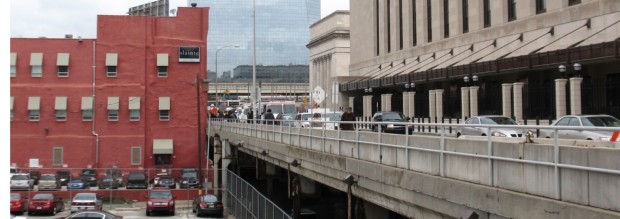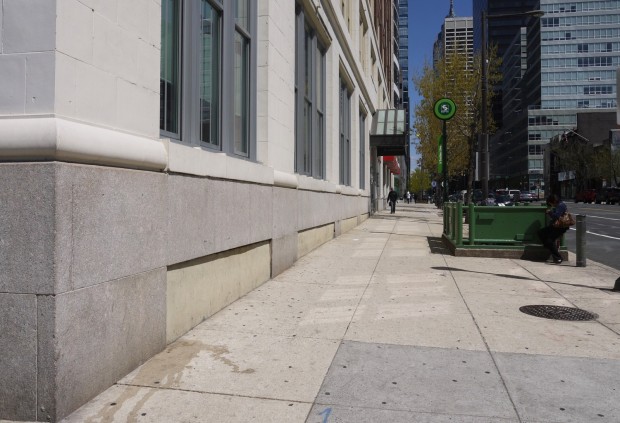THE WORLD IS FLAT
For centuries we’ve accepted that the world is round – well, most people have, anyway. Interestingly, a tiny minority of hold-outs maintain the world is flat and, in some respects, I actually agree with them.
In the context of the water cycle, the world is flat for city dwellers. The water cycle in an undeveloped non-urban environment relies on infiltration of rainwater hundreds of feet deep into the ground where aquifers are recharged and trees are nurtured. The meticulous rhythm of life.
Water infiltration in urban landscapes might reach six to ten feet at best. In cities, aquifers are replaced by subways, tunnels and power infrastructure – all of which do better without regular baths.
If somehow more rain fell in the forest than the cities, then all would be well. Without the opportunities for deep infiltration and massive uptake by plants, how can we manage all that city rainfall? That is the million dollar question being addressed by Philadelphia’s Green City, Clean Waters program. Obviously no simple answer is available. Right now, the go-to solution appears to be massive underground ballroom-sized tanks to hold water. Sexy isn’t it? Why try to mimic a woodland water cycle with these expensive grey infrastructure cisterns? Even with these cisterns, too much rainwater is still ending up basements or in already-overwhelmed treatment plants.
Perhaps we city dwellers would do well to evaluate our relationship to water from a more two-dimensional perspective. Think like a flatlander. If all that rainwater can’t move vertically, then let’s allow it to move horizontally. Go downtown and experience water all around you: trickling down from green roofs into sidewalk planters; seeping through a planted alley into a backlot raingarden; climbing up tree trunks to shady tree canopies. There are a million ways to celebrate the water that falls in pocket oases all around the city. Big cisterns always will have a place in city water management, but let’s not disregard the power and beauty of celebrating water as a resource and utilizing it on our city surfaces.
To live more harmoniously in our cities, let’s embrace the fact that our world is flat.







